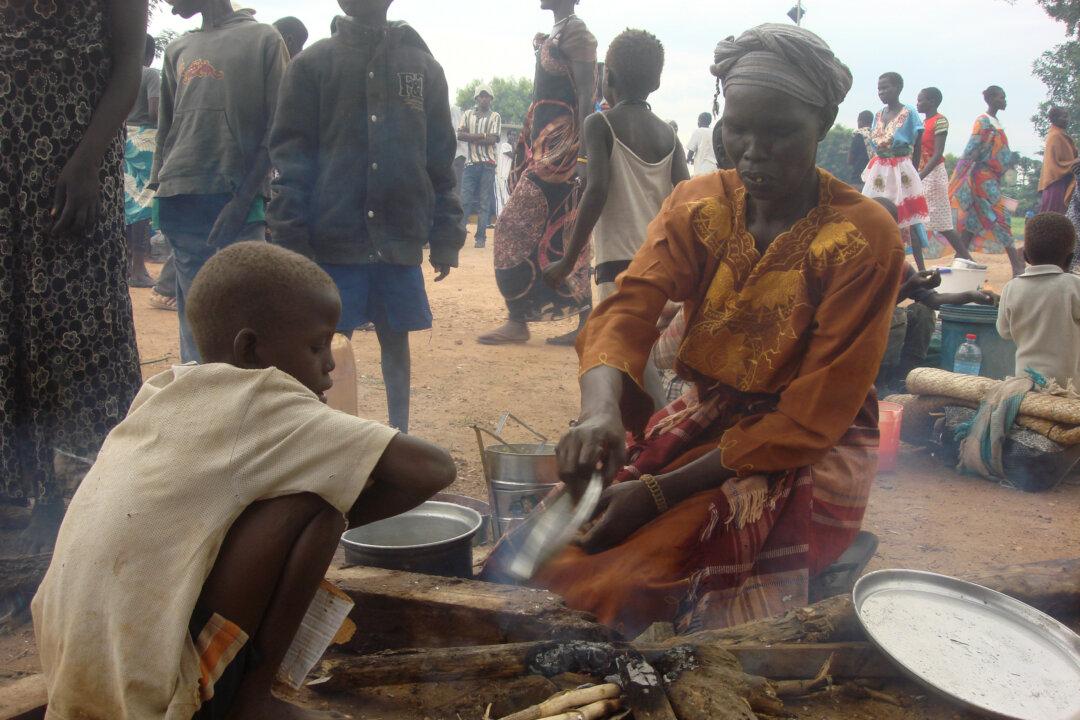Physical or sexual violence is a serious public health problem that affects more than one third of all women globally, as was established by a report by the World Health Organization (WHO) in partnership with the London School of Hygiene & Tropical Medicine and the South African Medical Research Council.
The findings of the report “send a powerful message that violence against women is a global health problem of epidemic proportions,” says Dr. Margaret Chan, director-general of WHO. According to a WHO report, 35 percent of all women will experience either intimate partner or non-partner violence. Intimate partner violence is the most common kind of violence experienced by women worldwide, both in developing and in industrialized countries.
According to a WHO report, 35 percent of all women will experience either intimate partner or non-partner violence.





